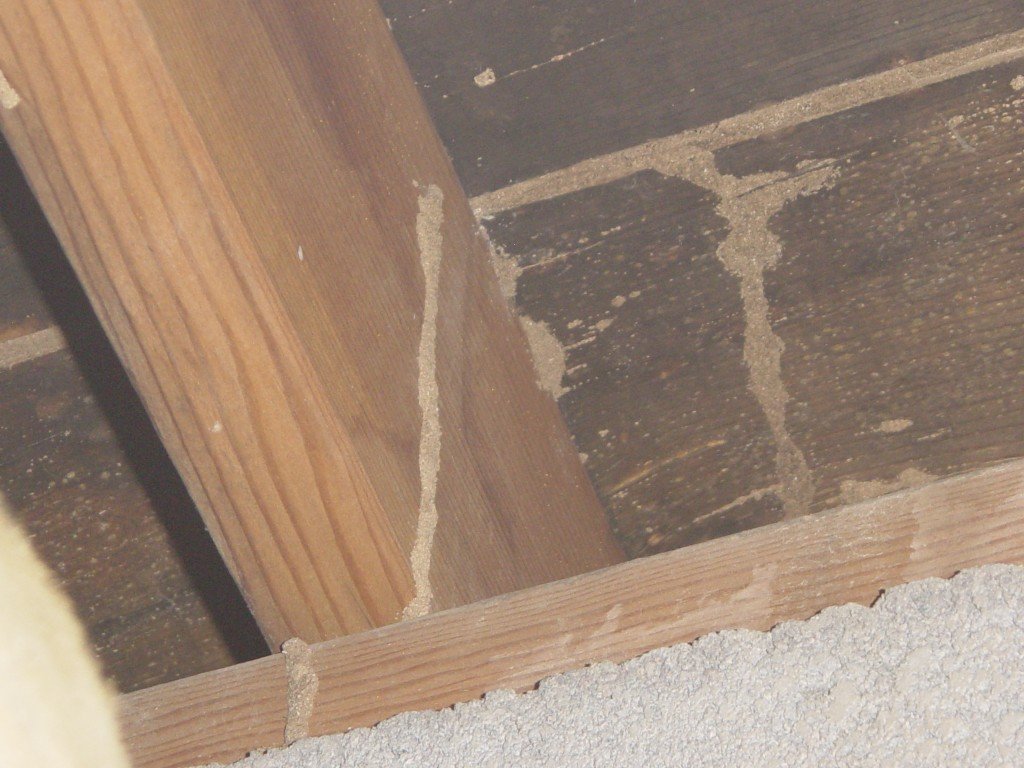Termites can be a homeowner’s worst nightmare, causing thousands of dollars in damage each year. The good news is that early detection of termites can significantly reduce the damage and cost of repair. In this article, we will explore the signs of termites in drywall and how to identify them in order to keep your home safe from termite infestation.
What are Termites?
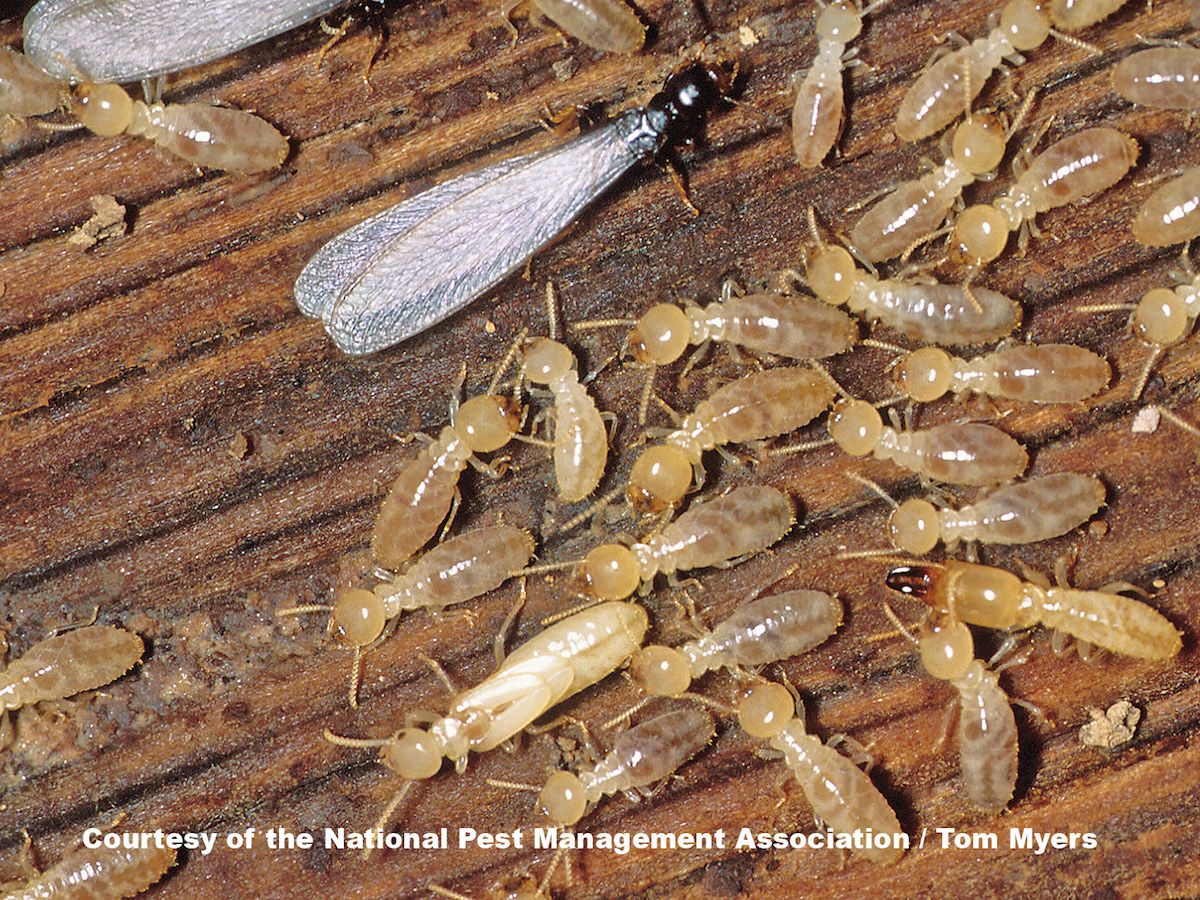
- Termites are small insects, usually white or pale brown in color, that live in colonies and feed on dead plants and trees.
- Termites are social insects, meaning they live in large colonies that can contain thousands of individuals.
- Termites are often referred to as “silent destroyers” because they cause extensive damage to buildings, furniture and other wooden structures without being noticed until the damage is done.
- Termites are particularly fond of eating wood, but they can also feed on other materials such as paper, cloth, and even plaster.
- Termites are classified as pests because of their ability to cause significant structural damage to buildings and homes.
Drywall and Its Vulnerabilities to Termites
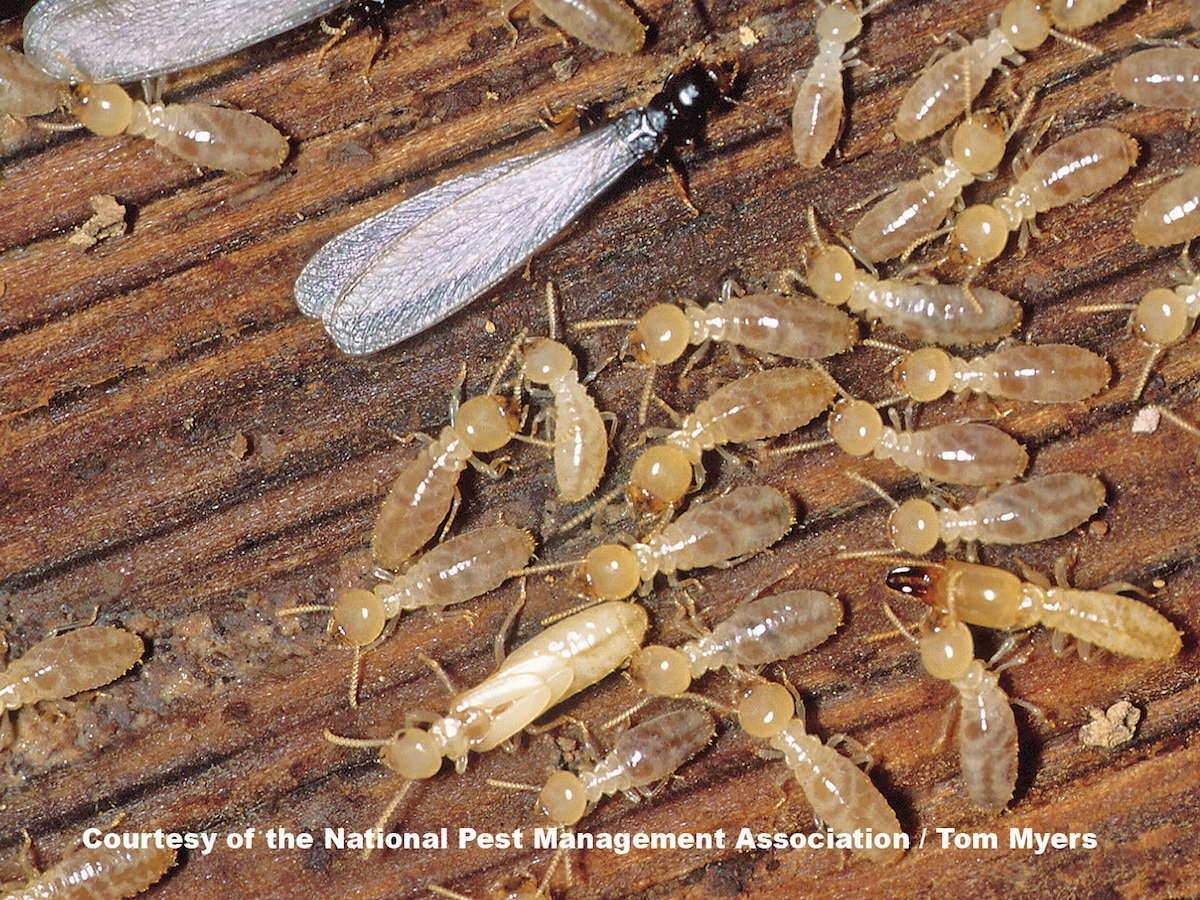
Drywall is a commonly used material in the construction of both residential and commercial buildings. It is made of gypsum and paper, and while it is strong and durable, it can be vulnerable to termites. Termites are small insects that feed on cellulose material and can cause extensive damage to wooden and other cellulose-based materials. Drywall is susceptible to termite damage because it is made of cellulose-based material.
When termites infest drywall, they typically burrow into the paper layer, eating away at the cellulose material and weakening the structure of the drywall. This can cause structural damage and weaken the integrity of the drywall, making it susceptible to future damage. In addition, termite damage to drywall can create an ideal environment for the growth of mold, which can be hazardous to human health.
The best way to identify the presence of termites in drywall is by looking for signs of activity. Small holes can be seen in the drywall, and mud tubes may be visible. These tubes are made by the termites and are used to travel between their nests and the drywall. Droppings, wood dust, and even wings may also be present.
If drywall damage is suspected, it is important to contact a professional pest control service to inspect the area and determine the extent of the infestation. They can also provide treatment options, which may include the use of baits, sprays, and other treatments. In some cases, replacing the damaged drywall may be necessary.
It is important to remember that termites can cause extensive damage to drywall and other cellulose-based materials. Taking preventative steps such as regular inspections and proper maintenance can help to prevent termite infestations and the damage they can cause. In the event of an infestation, it is important to contact a professional pest control service as soon as possible to ensure that appropriate measures are taken to eliminate the problem.
Types of Drywall Damage Caused by Termites
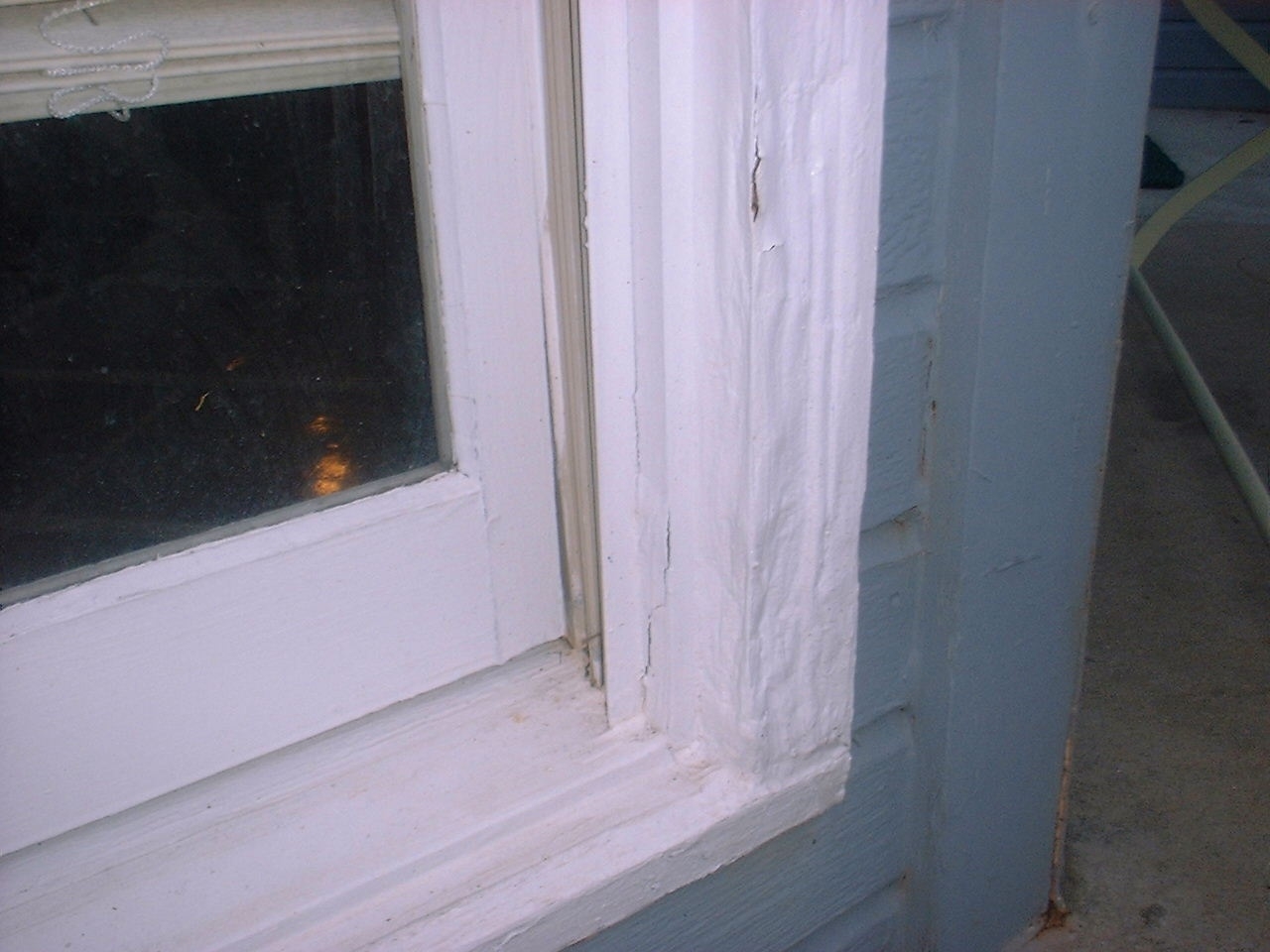
- Small cracks in the wall
- Softening of the drywall
- Tunnels or galleries formed in the drywall
- Bubbling or blistering of paint on the wall
- Presence of mud tubes on the wall
- Visible termites or termite swarmers
- Presence of frass or damaged wood
Signs of Termites in Drywall
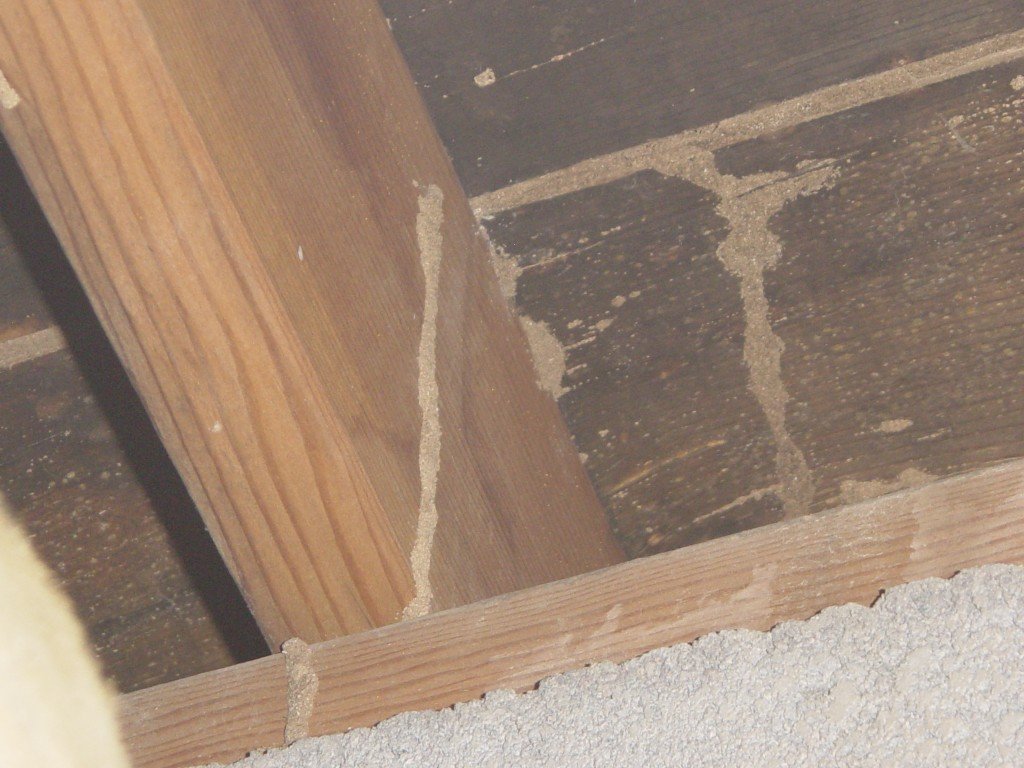
| Sign | Description |
|---|---|
| Discoloration | The drywall may have a discolored appearance, such as spots or smears, due to the presence of termite droppings. |
| Hollow Sounds | When knocking on the drywall, you may hear a hollow sound, indicating that the wall has been compromised by termites. |
| Termite Tunnels | Tunnels may be visible on the surface of the drywall, which the termites use to travel between the wall and their nest. |
| Bubbling Paint | The paint on the drywall may appear bubbly, which is a sign that there is moisture inside the wall due to termites. |
| Mud Tubes | Mud tubes may be visible on the surface of the drywall, which the termites use to travel between the wall and their nest. |
Identifying Different Types of Termites
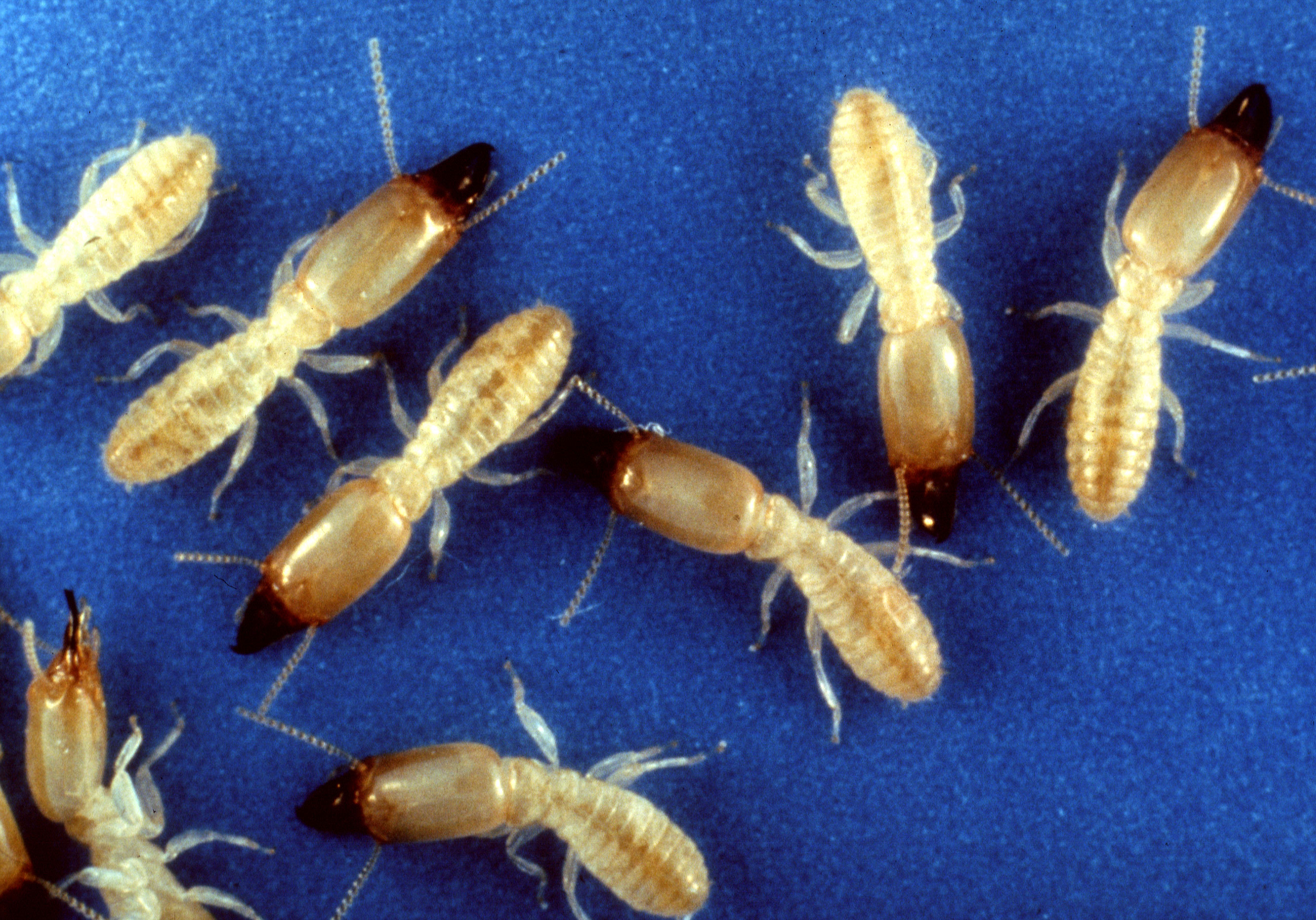
- Subterranean Termites: These termites live in underground colonies and build mud tunnels so they can reach food sources above ground. They typically feed on wood, paper, cloth, and other items that contain cellulose.
- Dampwood Termites: These termites prefer moist wood and are commonly found in decaying trees, stumps, and logs. They are larger than other types of termites and do not require contact with the soil to survive.
- Drywood Termites: These termites live and feed inside dry wood, such as in furniture and structural timbers. They do not require contact with the soil and are able to survive on very small amounts of moisture.
- Formosan Termites: These are the most destructive type of termite, as they can build large colonies and cause extensive damage to structures. They require contact with the soil in order to survive and feed on wood, paper, and other materials.
How to Treat Termites in Drywall
- Vacuum the infested area to remove as many termites as possible.
- Remove any drywall that is damaged by the termites and discard it.
- Mix insecticidal dust with water to form a paste and spread it over the infested area.
- Fill the holes with a foam sealant or cement.
- Spray the affected area with a liquid insecticide.
- Repeat the treatment every few months to prevent reinfestation.
How to Prevent Future Infestations
| Action | Description |
|---|---|
| Keep wood and other cellulose material away from your home | Remove wood piles, scrap wood, stumps, or other cellulose material away from your home’s foundation. |
| Seal cracks and holes in the home’s exterior | Seal cracks in the foundation, siding and around windows and door frames to prevent termites from entering your home. |
| Make sure there is proper ventilation in the attic and crawl spaces | Proper ventilation helps reduce moisture in these areas, making them less appealing to termites. |
| Repair leaking faucets, water pipes and air conditioning units | Leaking fixtures and pipes can create moist conditions that termites need to survive. |
| Remove excess soil or mulch from around the foundation | This reduces the moisture level, making the area less attractive to termites. |
| Inspect your home regularly | Inspect your home for signs of a termite infestation once or twice a year. |
Frequently Asked Questions
What are the early signs of termites in drywall?
Termites can cause serious damage to drywall, but there are some warning signs you can look for before the damage becomes severe. Common early signs of termites in drywall include crumbling, soft spots or holes in the drywall, paint or wallpaper that is bubbling or discolored, and a clicking sound coming from the walls. Other signs include discarded wings from swarming termites, mud tubes on the walls, and visible termites in the walls or near windows and doors.
Is it Possible to Tell if You Have Termites in Your Walls?
Yes, it is possible to tell if you have termites in your walls. Signs of termite infestation in drywall can include hollow-sounding areas in walls, mud tubes, damage to wood and other cellulose materials, and small piles of wood dust near wood beams and window frames. If you notice any of these signs, it is important to contact a pest control specialist for an inspection and treatment.
Are there any indications of termites in walls?
While termites are difficult to detect, there are some common signs of termite activity in walls. These include evidence of shelter tubes, which are mud tunnels created by termites to travel between their nests and food sources. Another sign of termite infestation is the presence of winged termites, often referred to as “swarming.” Spotting signs of wood damage, such as soft, hollow spots in the walls, can also be a sign of termites. It is important to be aware of the signs of termite activity in walls and to take action if any of these signs are noticed.
Can Termites Form Nests in Walls?
Yes, termites can form nests in walls, typically in areas where wood and moisture are present. These colonies can cause damage to the structure of the wall, so it is important to be aware of the drywall signs of termites. Signs of termites in the wall include mud tubes along the foundation, hollow-sounding wood, and discolored or bubbled paint. Early detection and treatment are the best ways to prevent further structural damage.
How can you tell if you have termites in your house wall?
Termites can cause significant damage to drywall, leaving behind visible signs. If you suspect termites, look for signs of mud tubes, wood that sounds hollow when tapped, wood that appears to be blistered or bubbled, or swollen areas on the drywall. You may also find sawdust or piles of wings near windows or doors. If you find any of these signs, it is best to contact a professional for an inspection.
Conclusion
It is important to be aware of the signs of termite infestation and inspect your home on a regular basis. Early detection and treatment of termite problems can help prevent more serious damage to your home. If you suspect you have a termite problem, contact a professional pest control service to inspect and treat your home.

